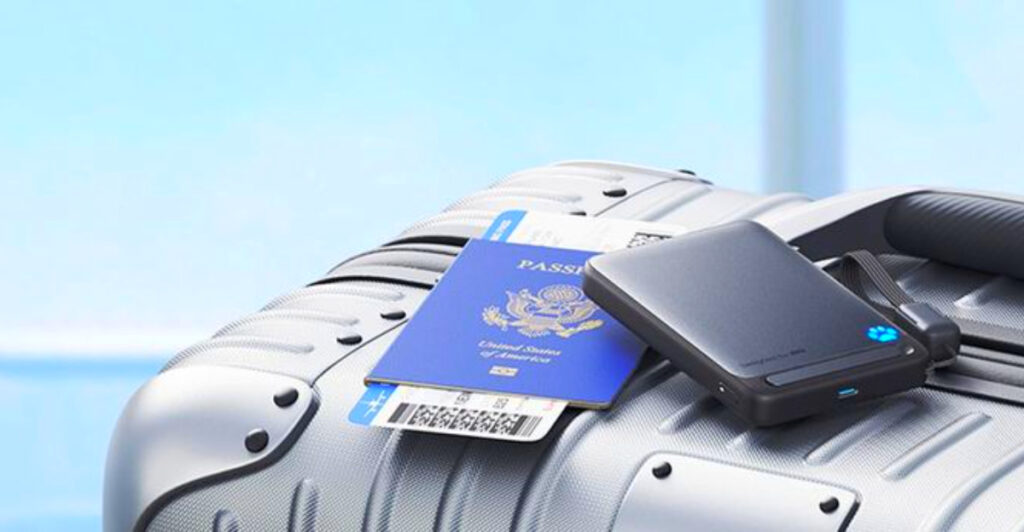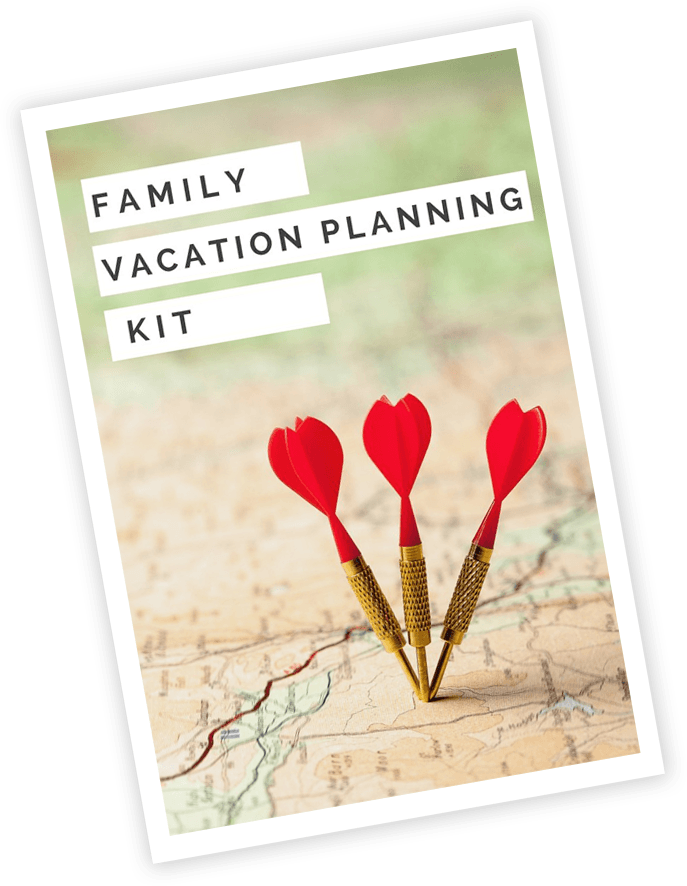Travel can be amazing, but small mistakes or oversights can turn a dream trip into a stressful mess. The good news? A few simple habits and tiny additions to your packing list can transform your entire journey. From staying connected abroad to keeping your luggage tracked, these practical tips will save you time, money, and headaches on your next adventure.
1. Bring an empty reusable water bottle
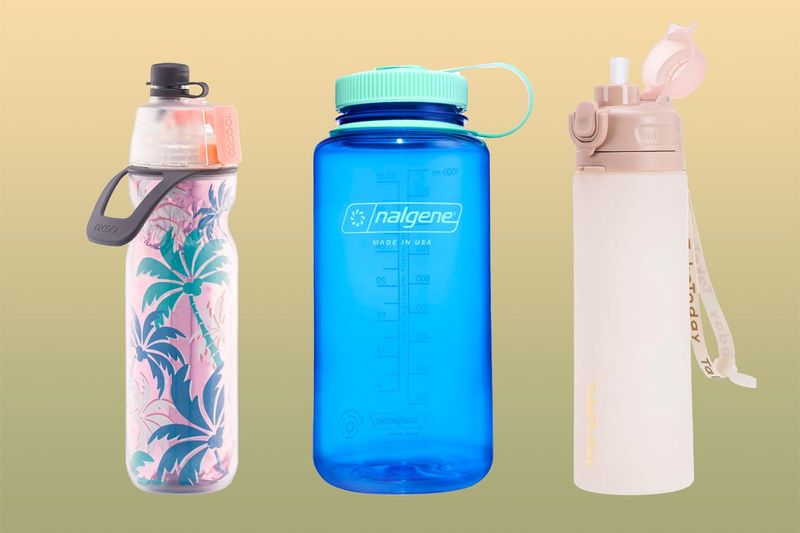
Airport water bottles cost a fortune, and staying hydrated during travel is essential for feeling your best. Carrying an empty reusable bottle through security is perfectly allowed by TSA rules, so you won’t waste money or plastic.
Once you’re past the checkpoint, fill up at water fountains or ask cafés to top it off for free. Many airports now have special refill stations designed exactly for this purpose.
This simple habit keeps you refreshed throughout your journey and helps the environment. Plus, you’ll always have water handy during long layovers or delays without spending a dime on overpriced bottles.
2. Download offline maps before you go
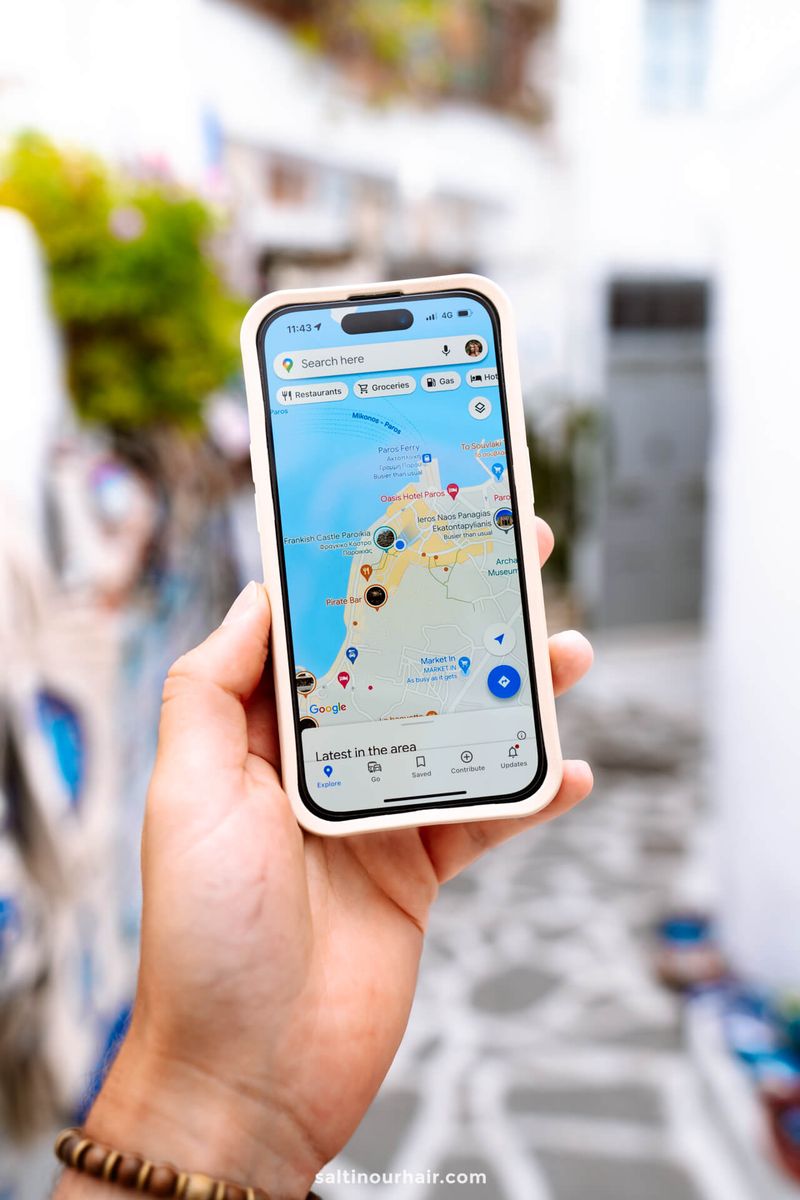
Getting lost in a new city is no fun, especially when your phone has no signal or roaming data costs are sky-high. Offline maps solve this problem beautifully by letting you navigate without any internet connection at all.
Google Maps and Apple Maps both let you download entire regions ahead of time. Just search for your destination, tap the download option, and you’re set.
You’ll still see your location, get turn-by-turn directions, and find restaurants or landmarks—all without burning through expensive data. It’s like having a local guide in your pocket, even when you’re completely offline and exploring unfamiliar streets.
3. Use an eSIM for cheap data abroad
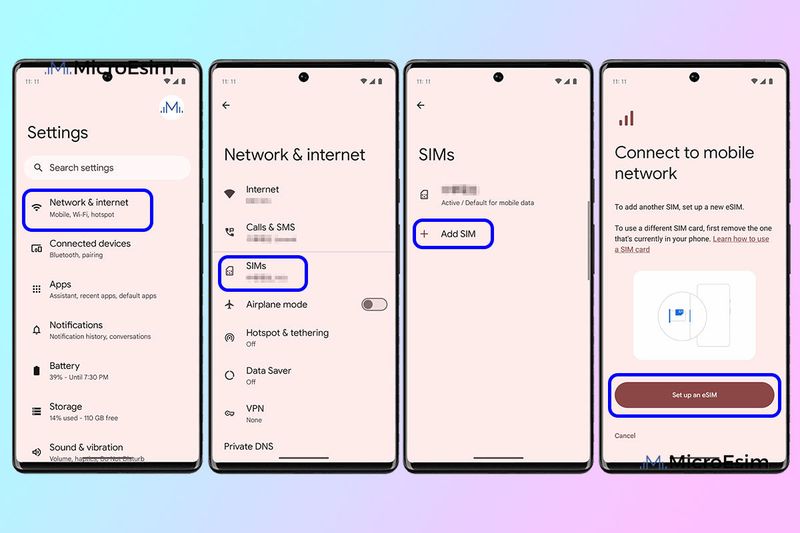
Hunting for a local SIM card shop the moment you land can waste precious vacation time. eSIMs let you add a data plan digitally before you even board the plane, and you can switch it on the second you arrive.
Most newer smartphones support eSIM technology, so check your device compatibility first. Apple and many Android brands offer simple setup guides that walk you through adding a travel plan in minutes.
You’ll enjoy affordable local rates without the hassle of swapping physical cards or dealing with language barriers at a kiosk. It’s a game-changer for staying connected, sharing photos, and using maps the moment you touch down.
4. Carry a universal plug adapter and a USB-C PD charger
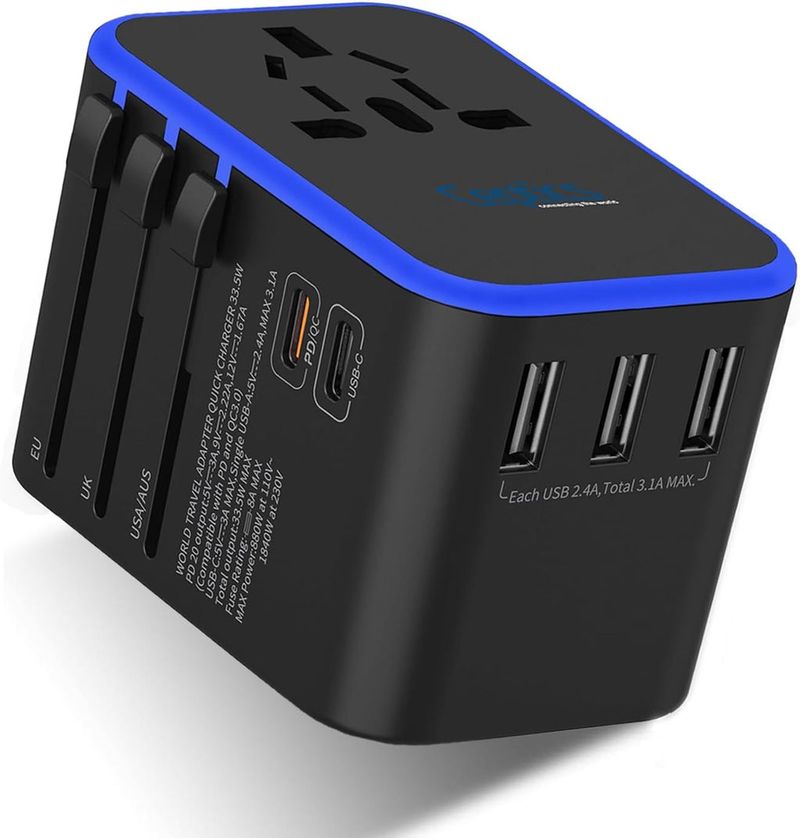
Different countries use wildly different outlet shapes and voltages, which can leave your devices useless if you’re unprepared. A universal plug adapter fits sockets around the world, so one compact gadget handles every destination.
Pair it with a USB-C PD (Power Delivery) fast charger, and you’ll power up phones, tablets, and laptops quickly and safely. Modern chargers handle voltage differences automatically, so you don’t need separate converters.
Before you leave, double-check your destination’s plug type using online resources or country guides. This small investment means you’ll never scramble to find the right adapter or wait hours for a slow charge in a foreign hotel room.
5. Pack a small power bank (in your carry-on, not checked)
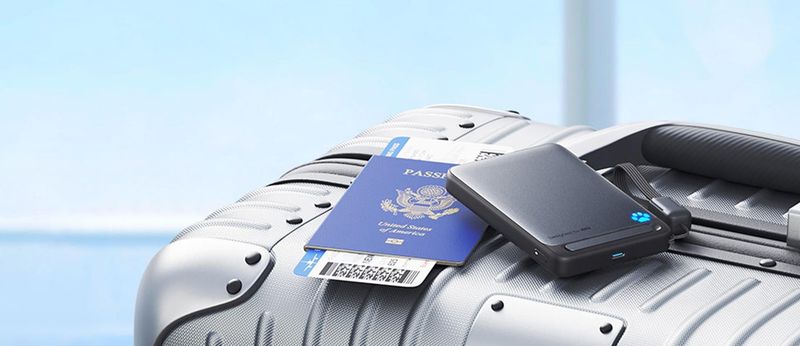
A dead phone during travel is like losing your map, boarding pass, and translator all at once. Power banks are lifesavers when outlets are scarce or you’re stuck on a long flight without seat power.
TSA and FAA regulations require you to keep lithium batteries and power banks in your carry-on luggage only—never in checked bags. Most power banks under 100 watt-hours are allowed without special approval.
Choose a compact model that fits easily in your daypack or purse. You’ll have peace of mind knowing you can recharge on the go, whether you’re navigating a new city, snapping photos, or waiting out a delay at the gate.
6. Drop a Bluetooth tracker in each bag
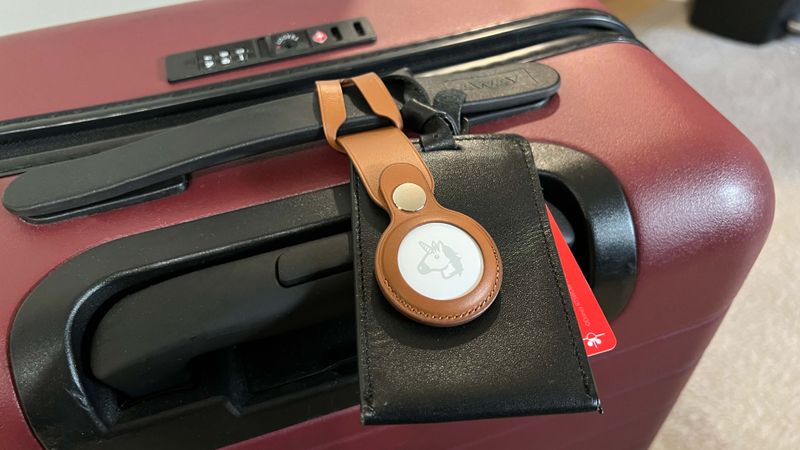
Lost luggage is one of the most frustrating travel nightmares, but Bluetooth trackers like AirTags or Tile give you real-time location updates. If your bag gets delayed or sent to the wrong city, you’ll know exactly where it is and can help the airline recover it faster.
These tiny devices are battery-powered and perfectly safe in checked luggage according to FAA guidance. Just slip one into each suitcase before you check in.
You can track your bags from your phone, which is incredibly reassuring when you’re standing at an empty carousel. It’s a small gadget that delivers huge peace of mind throughout your entire trip.
7. Use TSA PreCheck / Global Entry (if you’re U.S.-based)
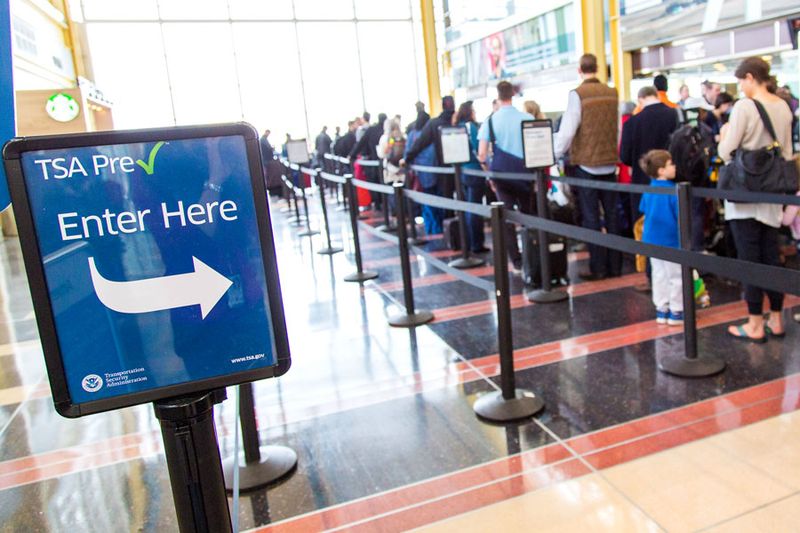
Security lines can eat up hours of your travel day, especially during busy seasons. TSA PreCheck gets you into dedicated lanes where you keep shoes, belts, and laptops in place—making the process much faster and less stressful.
Global Entry takes it further by speeding up U.S. customs on your return and automatically including PreCheck benefits. TSA reports that 99% of PreCheck travelers wait less than ten minutes, which is a huge time-saver.
Applying is straightforward through TSA or CBP websites, and the membership lasts five years. Frequent travelers find it pays for itself after just a few trips, turning chaotic airport mornings into breezy experiences.
8. Keep digital and paper backups of key documents
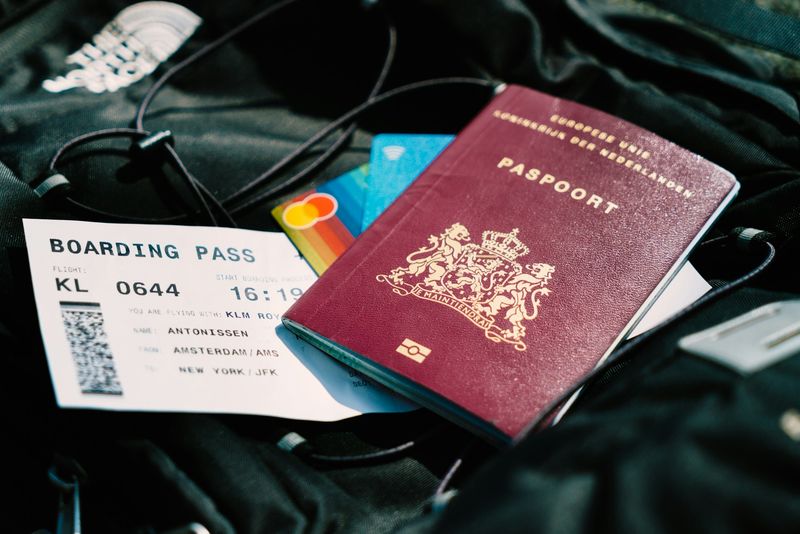
Losing your passport or ID abroad can derail your entire trip, but having copies makes replacement much quicker and easier. The U.S. State Department specifically recommends keeping both digital and paper backups in separate places.
Take clear photos of your passport, driver’s license, credit cards, and insurance info, then store them in your phone and email them to yourself. Print a set and pack it in a different bag from your originals.
If disaster strikes, you’ll have everything you need to prove your identity and speed up the process at an embassy or consulate. It’s a five-minute task that could save you days of stress overseas.
9. Put essential meds (and a mini health kit) in your personal item
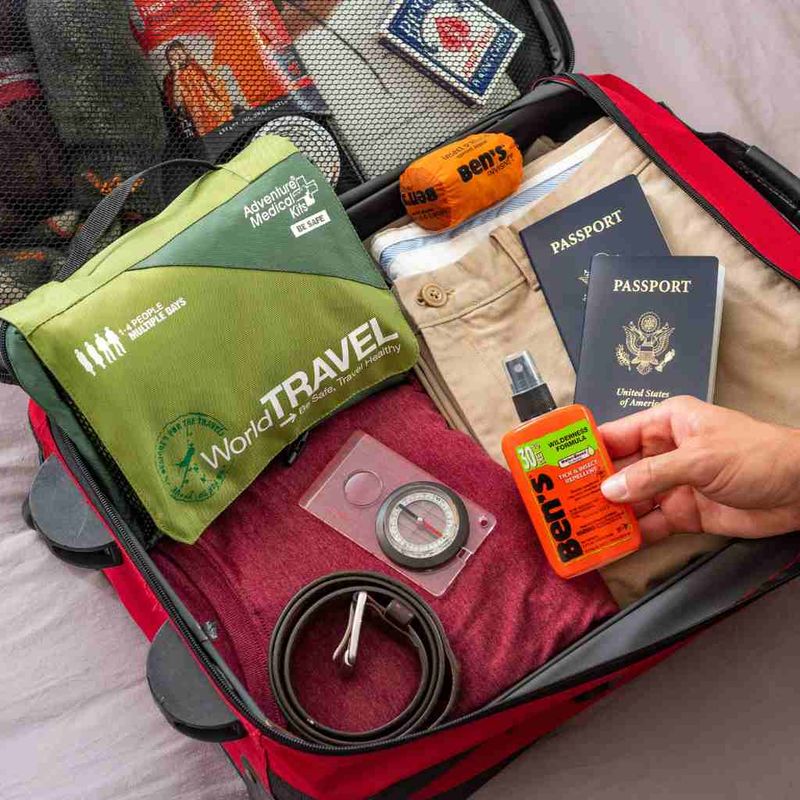
Checked bags get delayed or lost more often than you’d think, and being without your medications or basic first-aid supplies can ruin a trip fast. Always pack prescription meds, pain relievers, and a mini health kit in your carry-on or personal item.
TSA allows medically necessary liquids over the usual limit if you declare them at security. The CDC also recommends including band-aids, antibiotic ointment, and any personal health essentials.
Having these items within arm’s reach means you’re prepared for headaches, minor injuries, or stomach troubles no matter what happens to your luggage. It’s a simple step that keeps you healthy and comfortable from takeoff to landing.
10. Wear compression socks on long flights (if you’re at risk)
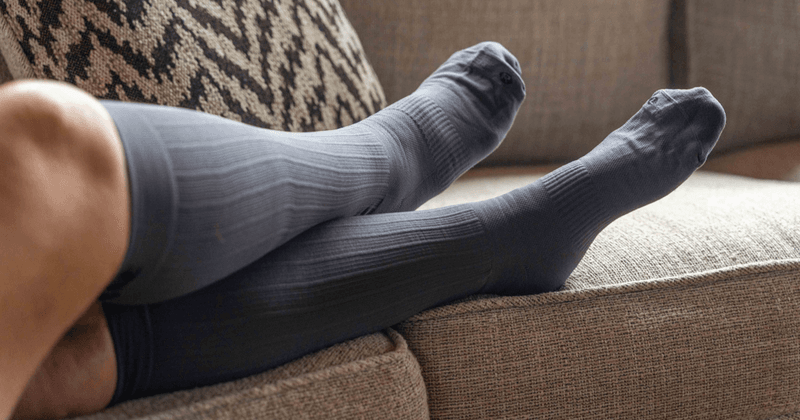
Long flights can cause uncomfortable swelling in your legs and, in rare cases, dangerous blood clots called deep vein thrombosis (DVT). Compression socks help improve circulation and reduce these risks, especially if you have health conditions or family history.
The CDC recommends compression wear for at-risk travelers and suggests moving around, staying hydrated, and doing calf exercises during the flight. Talk to your doctor if you’re unsure whether you need them.
These socks are inexpensive and easy to pack, and they make a noticeable difference in how your legs feel after hours in the air. It’s a small comfort measure that protects your health on those marathon international journeys.
11. Use a VPN and caution on public Wi-Fi
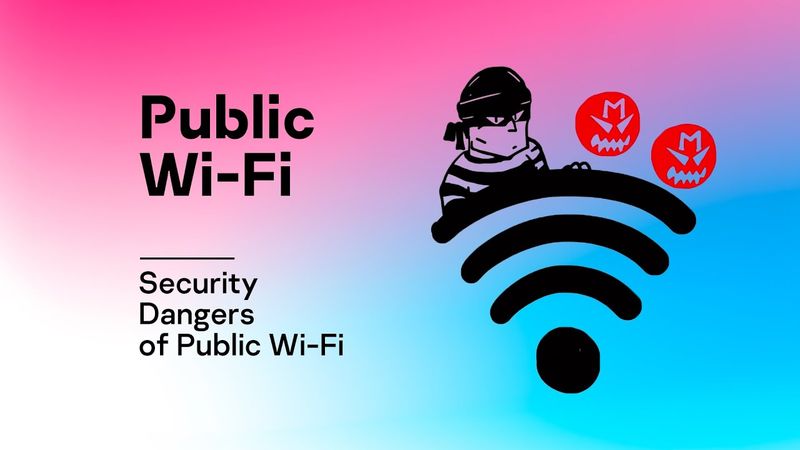
Airport and hotel Wi-Fi networks are convenient but often insecure, leaving your passwords and personal data vulnerable to hackers. A VPN (Virtual Private Network) encrypts your internet traffic, making it much safer to browse, check email, or shop online.
The FTC and U.S. government guidance both recommend using a VPN whenever you connect to public networks. Avoid logging into banking or sensitive accounts unless you’re protected by a VPN or using cellular data instead.
Many reliable VPN services are affordable or even free, and they’re easy to set up on phones and laptops. This simple precaution keeps your information private and secure, no matter where you’re connecting from around the world.
12. Download your airline’s app and enable notifications
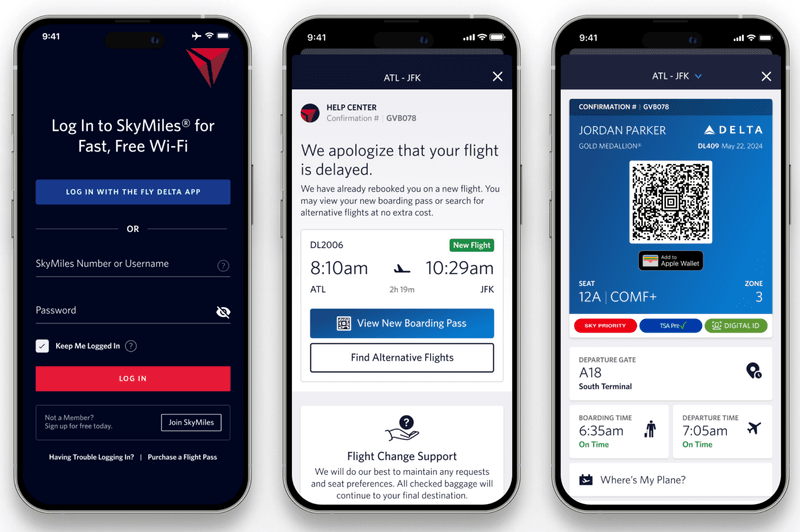
Flight details change constantly—gates, delays, cancellations—and being the first to know can save your trip. Airlines push real-time updates directly to your phone when you enable notifications, so you’re never caught off guard by a last-minute switch.
Mobile boarding passes stored in the app also mean you won’t lose paper tickets or waste time printing them. Many airlines even offer rebooking options right in the app when things go sideways.
Download the app before you leave home and turn on alerts for your flights and baggage updates. You’ll feel more in control and can react quickly to changes, making your journey smoother and far less stressful from start to finish.
13. Use cards with no foreign transaction fees (and know your ATM plan)
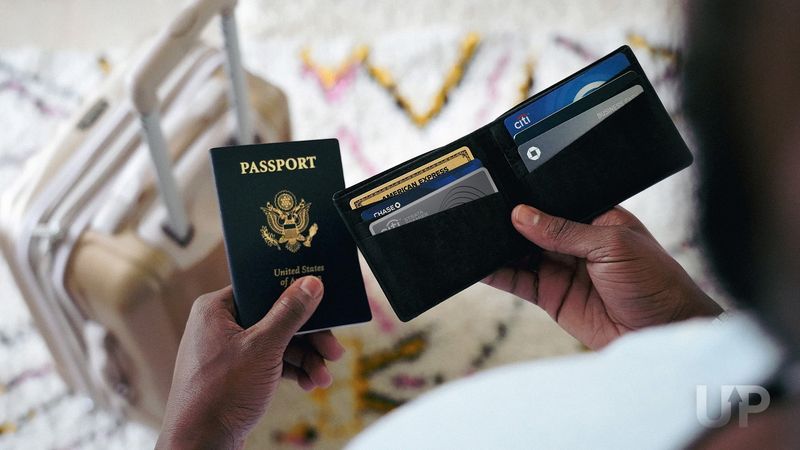
Foreign transaction fees of 1–3% add up shockingly fast when you’re swiping abroad, turning a budget trip into an expensive one. Many credit and debit cards now waive these fees entirely, so check your card terms before you go.
Also figure out your ATM strategy—some banks reimburse international ATM fees, while others charge hefty amounts per withdrawal. Bankrate offers clear guides on which cards save you the most money overseas.
Using the right card means more of your money goes toward experiences instead of bank charges. It’s a financial tweak that pays dividends throughout your trip, whether you’re buying souvenirs or enjoying local meals abroad.
14. Keep a tiny “essentials kit” at your seat
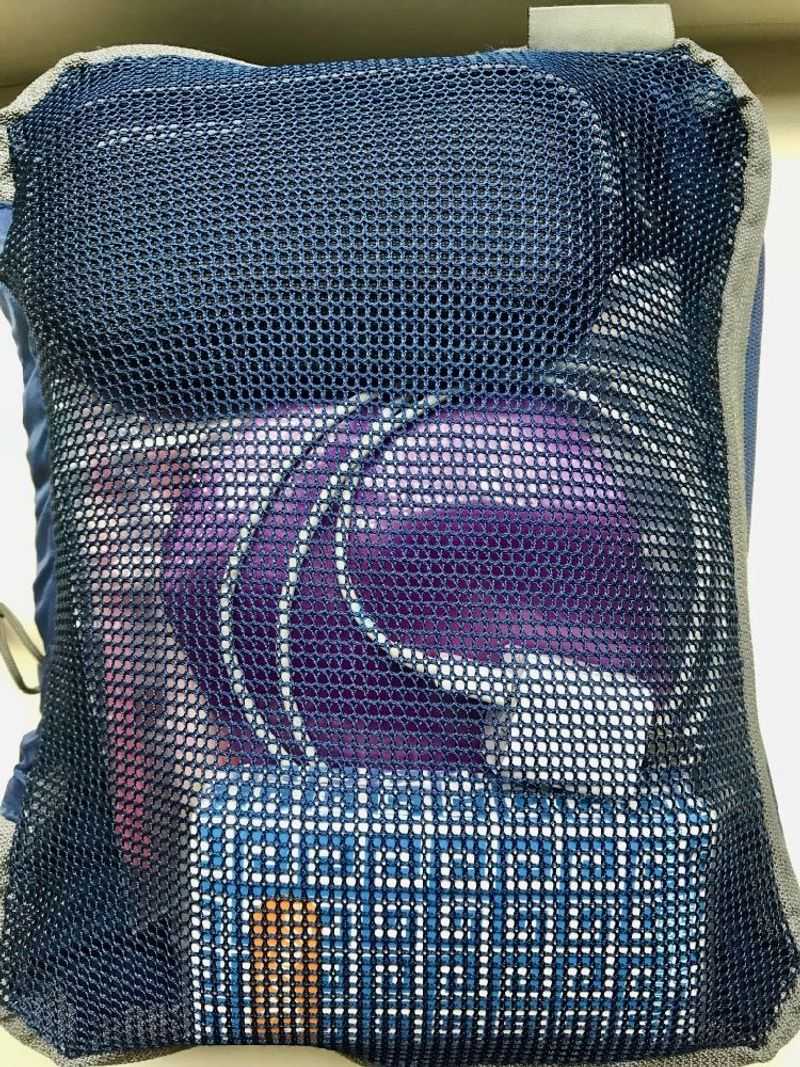
Rummaging through overhead bins mid-flight is awkward and annoying, especially when you just need lip balm or earplugs. A tiny essentials pouch tucked in your seat pocket keeps everything you need within arm’s reach for the entire journey.
Pack items like lip balm, hand sanitizer (under 100 ml), a pen for customs forms, a sleep mask, earplugs, and your charging cable. These small comforts make long flights much more bearable and help you arrive feeling better.
This simple habit eliminates stress and keeps you comfortable without disturbing seatmates or flight attendants. It’s one of those tiny preparations that makes a surprisingly big difference in your overall travel experience and mood.

